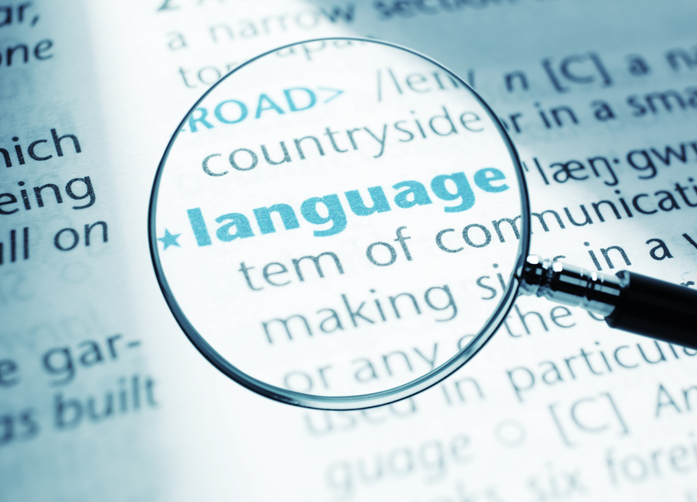Register now and start:
- Accessing PAR Training
- Shopping PAR products & tools
- Using online assessments with PARiConnect

PARinc.com will be offline for scheduled maintenance on Saturday, February 22, from 9:45 pm until 1 am on Sunday, February 23. We apologize for the inconvenience.

Translating an assessment instrument involves so much more than converting the words into another language—here’s some insight into the careful and specific process involved.
Translating a psychological test is a careful process that involves several steps aimed at preserving the original psychometric properties of the instrument. To ensure reliability and validity across different settings, it is necessary to adhere to established test translation and adaptation procedures.
Reliability and validity are core concepts in psychometrics and measurement theory. Reliability concerns the consistency and relative accuracy of scores obtained from a measuring instrument, such as a test or scale, when estimating diverse attributes. Scores with high reliability will yield consistent, accurate results across time, examiners, and item samples taken from a common domain. Scores with poor reliability may yield markedly different scores when the test is given at different times or administered by different people.
Validity, meanwhile, represents the extent to which evidence and theory support the interpretations of test scores for intended test uses. Ensuring validity is essential as it verifies that test performance interpretations are the most accurate and appropriate.
When it comes to translated tests, their clinical utility is highly dependent on the quality and accuracy of the translation and adaptation process. The process of translating an assessment requires careful attention to language, cultural nuance, and the preservation of original psychometric properties.
If a test is properly translated and adapted while maintaining its original psychometric properties (such as reliability, validity, and normative data), it can be used just as effectively as the original test in the new linguistic or cultural context.
The International Test Commission (ITC) Guidelines for Translating and Adapting Tests (2nd edition, 2017) offers a thorough process for test translation and adaptation, comprising 18 guidelines across six domains: precondition, test development, confirmation, administration, scoring and interpretation, and documentation. Please note that these steps are not exhaustive, and the ITC guidelines should be consulted for additional details in a comprehensive adaptation process.
Precondition guidelines highlight the importance of decisions to be made before the test translation/adaptation begins.
Test development guidelines provide an overview of the test adaptation process.
Confirmation guidelines address collecting empirical evidence of linguistic, psychological, and cultural differences in the intended populations.
Administration guidelines focus on the particularities to consider for administration, such as materials, instructions, and related procedures.
Scoring and interpretation guidelines stress the importance of considering cultural factors and methodological variables to ensure valid and meaningful interpretations.
Documentation guidelines underscore the importance of presenting written documentation defining technical changes and practical recommendations for use of the adapted test.
As you can see from these guidelines, merely translating a test from one language to another does not guarantee the new version will maintain the content, reliability, and validity of the original. Casual, on-the-spot translation and back translation can introduce errors and inaccuracies, which can have serious consequences on interpretation and undermine the psychometric foundations of the original test.
By carefully following best practices, including the use of the ITC guidelines, the integrity and clinical utility of the translated test can be maintained, ensuring accurate and reliable use across different languages and cultures.
International Test Commission. (2017). The ITC guidelines for translating and adapting tests (2nd edition). Retrieved from intestcom.org